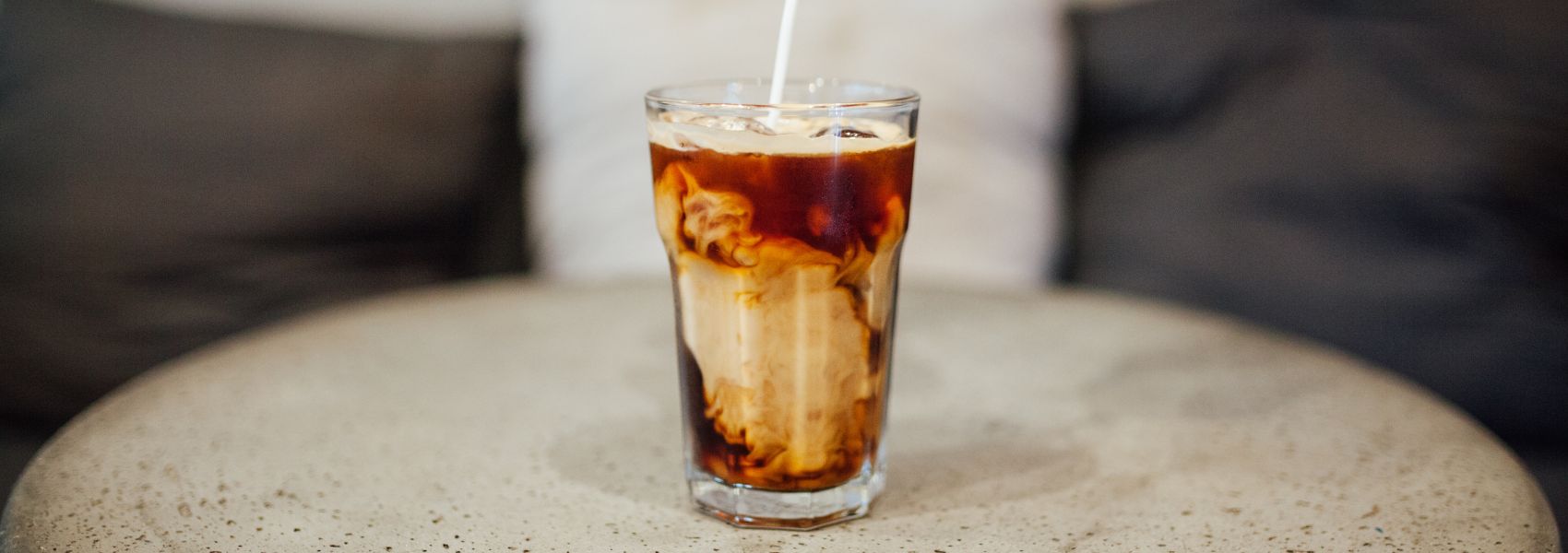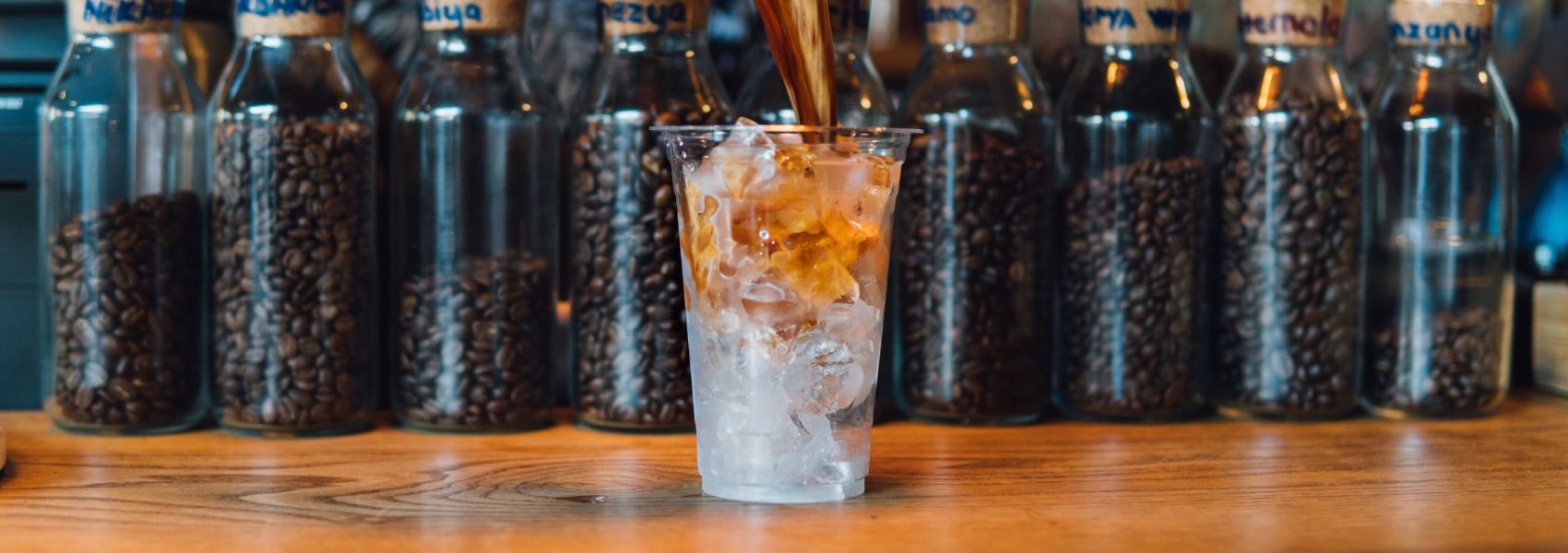Cold Brew vs Iced Coffee
If you're a coffee lover, you've likely come across the dilemma of choosing between cold brewed coffee and iced coffee. While both are refreshing options, especially our delicious canned cold brew coffee that is ready to drink, there are key differences between the two that can impact your overall coffee experience. In this blog post, we'll dive into the nuances of cold brewed vs iced coffee, along with canned cold brew coffee to help you understand the real difference between the types of cold coffee! You will find information to help you understand the differences between the two and how you can help yourself decided what is the best for you!
Brewing Techniques Unveiled: Cold Brew vs. Iced Coffee
At the heart of the cold brewed coffee and iced coffee debate is their distinct brewing methods, each bringing its unique character to the cup. For cold brew enthusiasts, the magic starts with coarsely ground coffee soaked in cold water. This mixture sits patiently, usually for about 12 to 24 hours, allowing time to do its work. The result? A concentrate that's smooth, rich, and decidedly less acidic, thanks to this gentle, extended extraction process. This is the process we use in our Door County Coffee canned cold brew coffee and it offers a delicious sip right out of the can!
In contrast, iced coffee takes a more traditional path, brewed hot and strong, then swiftly introduced to ice, causing an immediate drop in temperature. This quick change from hot to cold locks in the coffee's inherent acidity and brightness, offering a flavor profile that's brisk and invigorating. While both methods share the ultimate goal of delivering a refreshing coffee experience, they journey through distinctly different roads—cold brew with its slow and steady steeping, and iced coffee with its quick and vibrant chill. Each method has its own way of highlighting the versatile nature of coffee, inviting drinkers into a world of nuanced flavors and textures.
If you decide that cold brew coffee is the coffee for you, you can make it at home super easy! o start, you'll need coarsely ground coffee beans and cold, filtered water. The standard ratio is one cup of coffee grounds to four cups of water, but you can adjust this to suit your taste. Begin by combining the coffee grounds and water in a large jar or pitcher. Stir the mixture to ensure all the grounds are saturated. Cover the container and let it steep in the refrigerator for 12 to 24 hours. The longer it steeps, the stronger the flavor will be. After steeping, strain the coffee through a fine mesh sieve or a coffee filter to remove the grounds. Transfer the cold brew concentrate to a clean jar for storage. It can be kept in the refrigerator for up to two weeks. When you're ready to enjoy your cold brew, dilute it with water, milk, or your favorite milk alternative. Typically, a 1:1 ratio of concentrate to liquid works well, but you can adjust this to your preference. Add ice, sweeteners, or flavorings as desired. Making cold brew at home is not only cost-effective but also allows you to customize your coffee exactly to your liking.

A Tale of Two Temperatures: The Impact on Taste
The role of temperature in the brewing process can't be overstated—it's a pivotal factor that molds the taste of cold brewed coffee and iced coffee in unique ways. The gentle and patient approach of cold brewing, where coffee grounds mingle with cool water over hours, yields a drink that's notably smoother and subtly sweet. This method allows the flavor nuances of the coffee to shine, bringing forward those delightful chocolatey or fruity notes without the bite of acidity. On the flip side, iced coffee, born from a hot brew that's quickly cooled, retains the vibrant zing and brightness that many coffee aficionados crave. This rapid transition from hot to cold preserves the coffee's lively flavors, but can introduce a higher level of acidity, creating a bolder taste experience. Temperature, in essence, acts as a flavor guide, directing each brew down a path that either softens or accentuates the inherent qualities of the coffee. This distinction in taste and sensation highlights the beauty and diversity of coffee, inviting you to explore and savor each sip.
The Caffeine Content Conundrum
Navigating the maze of caffeine levels between cold brewed coffee and iced coffee reveals another layer of their distinct personalities. The immersive, slow-steep process of making cold brew not only imparts a rich, smooth flavor but also tends to draw out more caffeine from the coffee grounds. This longer brewing time in cold conditions makes cold brewed coffee a go-to for those seeking a robust caffeine boost. You will find 200mgs of caffeine in our canned cold brew coffee, giving you a perfect bump of caffeine! Conversely, iced coffee, which starts its life as a hot brew before being cooled down, often features a slightly milder caffeine punch. This difference hinges on the brewing time and temperature, where the shorter, hotter phase may extract less caffeine compared to the lengthy, cooler soak of cold brew. It's a fascinating aspect that adds to the decision-making process, inviting you to consider not just flavor preferences but also the energy kick you're hoping to get from your cup. Whether you lean towards the potent buzz of cold brew or the gentler lift of iced coffee, understanding this conundrum can guide you to your ideal coffee experience.

There is no right or wrong answer when it comes to coffee. There are only personal preferences and what you want in your morning brew! Here at Door County Coffee, you can find so many fun and delicious flavors to make into cold brew coffee or iced coffee. From Chery Crème to Peanut Butter Crunch, Coconut Caramel or Brownie Batter, there is a delicious flavor for every coffee lover looking to dive into the cold coffee drinking game! No matter your preference, we hope your Door County Coffee brings you immense joy and delight every morning! Coffee Cheers!

